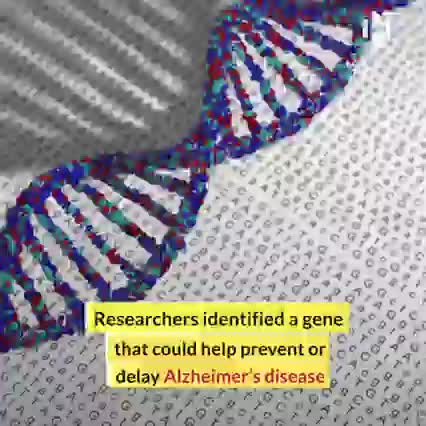DNA was personified in Jurassic Park, where the animated double helix that called himself Mr. DNA took you and a group of skeptical scientists through the oversimplified (and obviously fictional) steps to creating dino DNA — but there is some reality in this.
For all you dinosaur enthusiasts out there, synthesizing DNA can’t bring T.Rex and Brachiosaurus back from extinction. Though creating genes in a lab sounds like the original eureka moment of Jurassic Park, synthesizing human DNA has done everything from genetic sequencing and editing to detecting diseases like the current plague we are living through. There is just one step that has always been problematic.









